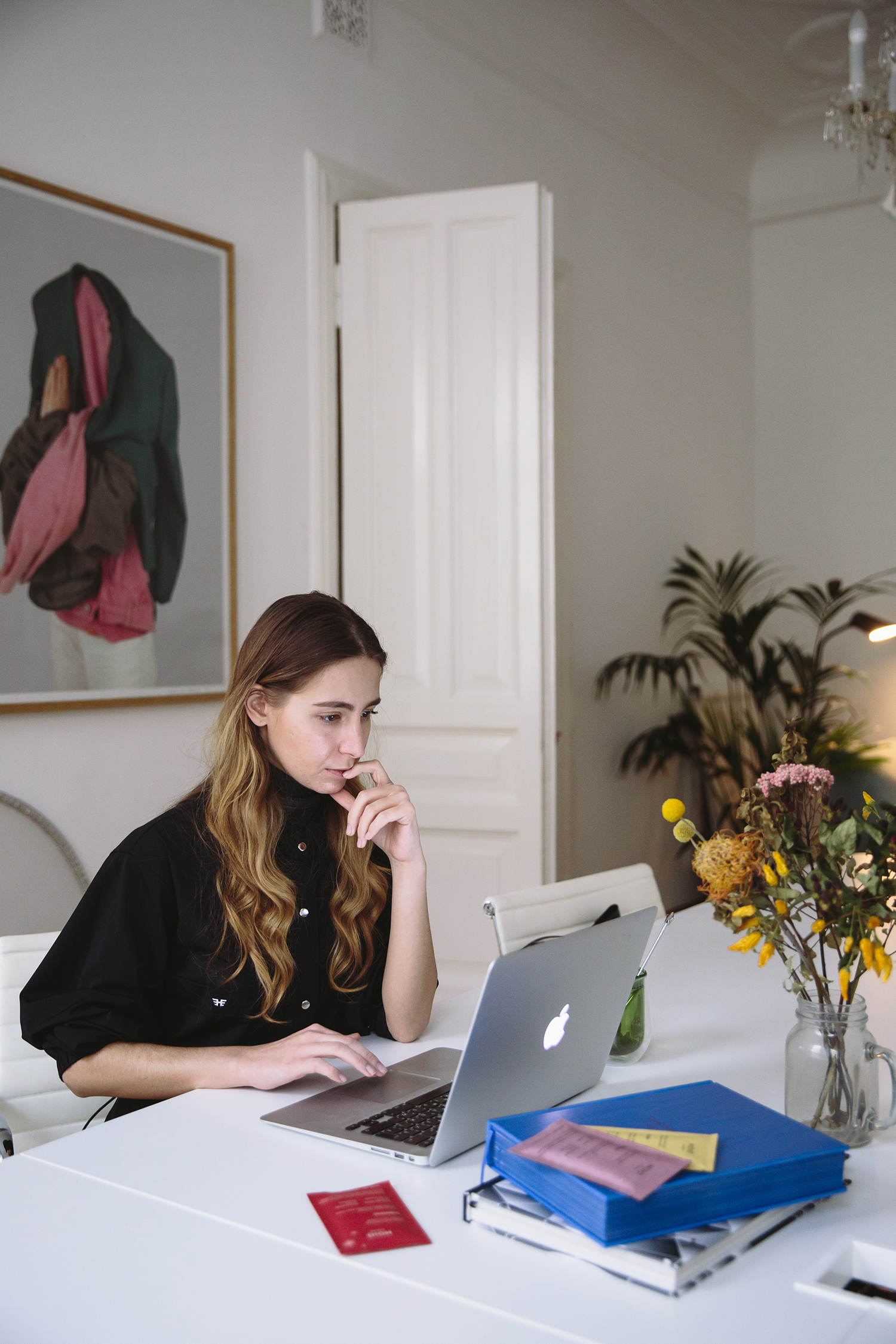If you’ve recently started working from home, you may have realized that setting up your office in bed or on the living room sofa isn’t as practical as you had hoped. Maybe you were hoping that this way you could relax and be productive at the same time, but you ended up feeling uncomfortable and frustrated.
Your home office should inspire you to succeed, not get in the way. A poor working environment affects your ability to focus, your productivity, and your mood. Fortunately, a few small changes can turn an inhibiting space into a home office that makes you feel comfortable and motivated.
Clean up the Clutter
If you’re not used to working from home, chances are you’ve already misplaced a few important papers as you were moving your laptop from your bed to the sofa and then to the kitchen. Remote work can be particularly challenging if you’re a naturally messy person. Research shows that a cluttered workspace makes it harder to concentrate and decreases motivation.
The best way to keep your workspace tidy is to prevent clutter. How do you do that? Think about how you get from tidy to cluttered in the first place. Do you tend to pile up papers on your desk even though you don’t need to use them immediately? Then place a box close to your desk and put them all in there. Twice a week, you can carve out some time to go through the papers and organize them.

Desk and Chair
Almost two thirds of office workers report having lower back pain. This has a lot to do with uncomfortable chairs and desks. Now that you’re working from home, you have the freedom to choose your office furniture according to your needs and preferences.
You probably realized by now that working from bed or the sofa is not ideal.
Considering how much time you’ll be spending sitting in front of the desk, avoid the temptation of simply dragging a chair from the kitchen or living room and using it as an office chair. You might save a bit of money, but you’ll pay for it in back pain and productivity loss that you have to make up for by working extra hours. If your budget allows it, consider getting a standing desk and looking for the best ergonomic standing chair. This will improve your circulation and make long workdays a little easier on your body. Besides these ergonomic solutions, you may also need a big bean bag for comfortable and flexible seating in your office space.
Good Lighting
Lighting is often an overlooked aspect of office design, so it’s no wonder that so many office workers complain about poor lighting conditions, eye strain, and headaches. But now you get to work from home, so you no longer have to quarrel with your colleagues for the desk by the window or put up with the frustrating flicker of fluorescent tubes.
Ideally, you should have plenty of windows in your home office so you can make the most of natural light. This will help you focus and help you sleep better. But what if your office is in the basement? If it’s not possible to move it, you can make do with artificial lights but keep in mind that overhead light is not enough. You need to layer the lighting with ambient lights and task lighting.






